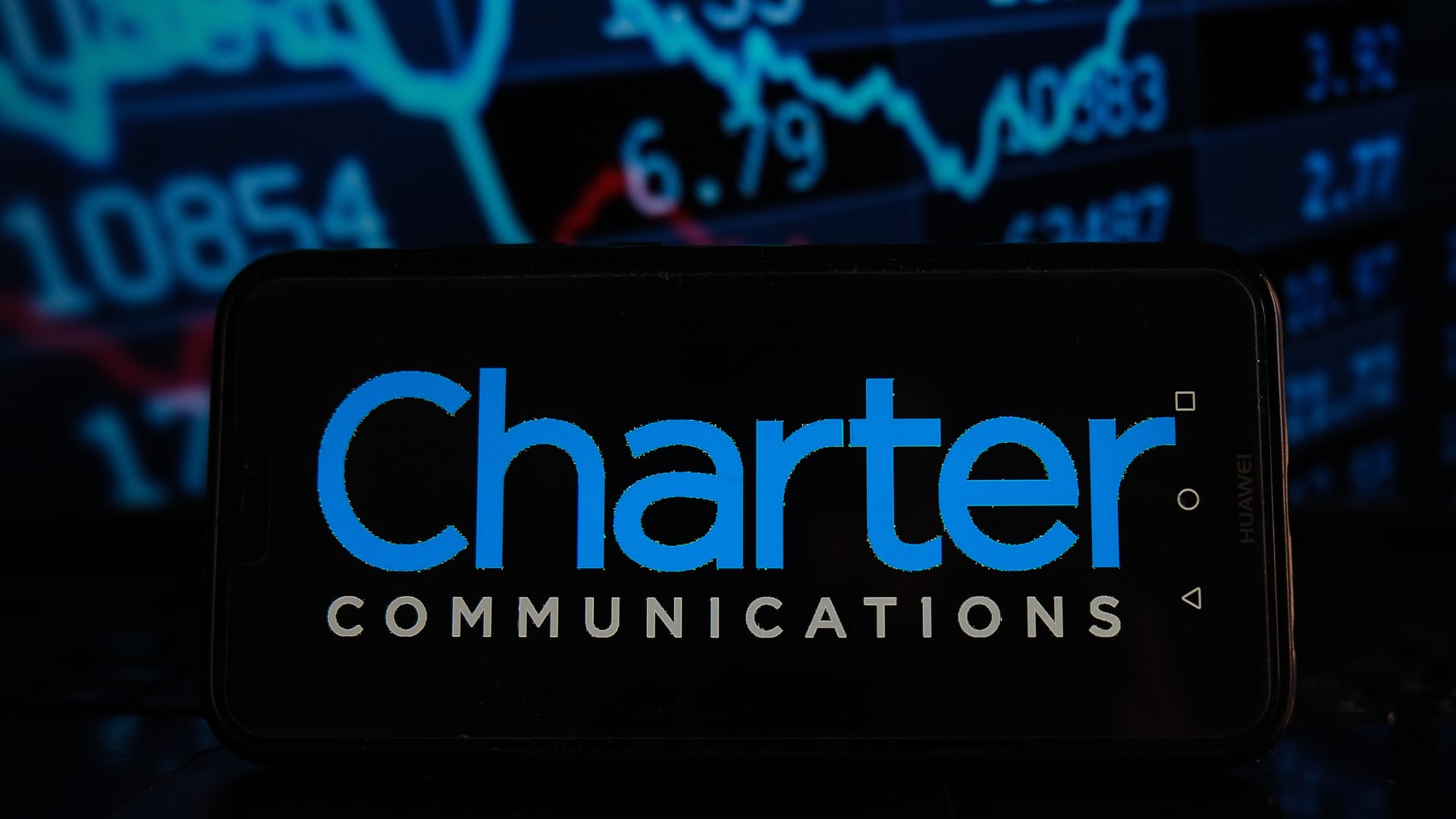The $34.5 Billion Merger of Charter and Cox: Reshaping the U.S. Cable Landscape
The media and telecommunications worlds are witnessing a seismic shift as two American cable giants, Charter Communications and Cox Communications, formalize plans to merge in a deal valued at approximately $34.5 billion. This union promises to combine their substantial customer bases, infrastructure, and service portfolios, creating the largest cable TV and broadband provider in the United States by subscriber count. Beyond footprint expansion, the merger is also an emblematic response to evolving market pressures and an increasingly competitive landscape.
Setting the Stage: Companies and Deal Overview
Charter Communications, already the nation’s second-largest cable provider, announced this agreement shortly after completing a strategic all-stock acquisition of Liberty Broadband, simplifying ownership structures tied to cable magnate John Malone. Cox Communications, privately held by Atlanta-based Cox Enterprises, ranks as the third largest cable operator in the U.S., with more than 6.5 million customers across digital cable, internet, telephone, and home services. The proposed deal involves Charter acquiring Cox for an enterprise valuation near $34.5 billion, including debt.
The consolidation is structured so that Liberty Broadband shareholders will gain direct stakes in the combined Charter entity upon closing. Additionally, governance structures will be adjusted through an amended and restated stockholders agreement involving Charter, Cox Enterprises, and Advance/Newhouse to provide preemptive rights and align strategic interests.
Addressing Market Realities: Competition, Convergence, and Customer Behavior
This merger emerges amid intensifying forces disrupting traditional cable markets. Wireless providers and streaming services increasingly siphon away subscribers, spurring industry-wide subscriber declines and eroding traditional video revenue sources. Charter and Cox face the imperative to aggregate infrastructure and scale to counteract these pressures, enhance bargaining power, and optimize network investments.
By joining forces, they can potentially leverage synergies in operational costs, spectrum management, and customer service enhancements. In a media environment where broadband access increasingly underpins content consumption, scaling broadband footprints is pivotal. Charter’s Spectrum brand, which currently encompasses cable TV, broadband, mobile, and related services, will extend as the consumer-facing platform for the merged customer base, enabling unified marketing and service delivery.
Strategic Ramifications and Industry Implications
The formation of this merged cable powerhouse sets a fresh benchmark for U.S. telecommunications. Accounting for Charter’s recent acquisitions and this Cox merger, the combined company would surpass Comcast in subscriber numbers, solidifying a dominant position in both video and broadband segments. The move reflects a broader consolidation trend aimed at defending relevancy and financial viability amid tech giants’ growing control over video distribution and advertising.
John Malone’s involvement underscores the strategic intent behind the moves: streamlining complex ownership and creating scale advantages. Furthermore, collaboration between Charter, Cox, and Comcast in areas such as national advertising hints at potential cooperative dynamics beyond direct competition, possibly ushering in new revenue models.
Challenges and Future Prospects
While the merger promises scale benefits, regulatory scrutiny and integration complexities remain significant challenges. Potential antitrust concerns must be navigated carefully, given the significant concentration in the cable market share. Post-merger, the companies face the operational task of harmonizing diverse systems, customer experiences, and corporate cultures.
Moreover, as streaming and wireless providers continue to innovate, the combined company must accelerate investments not only in broadband capacity and quality but also in flexible content offerings, customer engagement models, and next-generation technologies like mobile services. Cox’s recent launch of Cox Mobile exemplifies moves toward wireless convergence, a realm where Charter must also assert competitive capabilities.
Conclusion: A Transformative Shift with Broad Industry Impact
The Charter-Cox $34.5 billion merger represents a watershed moment in the cable and broadband industry, creating a commanding and multifaceted telecommunications entity poised to reshape service delivery paradigms. Its strategic rationale melds scale-driven competitiveness with the necessity to innovate amid disruptive market dynamics.
For consumers, the merger may drive both opportunities and concerns over pricing, service quality, and choice, placing increased importance on how the new company balances efficiency with customer-centric innovation. From a broader vantage point, the alliance highlights the evolving interplay between traditional cable providers and emerging digital disruptors, signaling a new era of convergence, consolidation, and competition in the U.S. telecommunications ecosystem.





